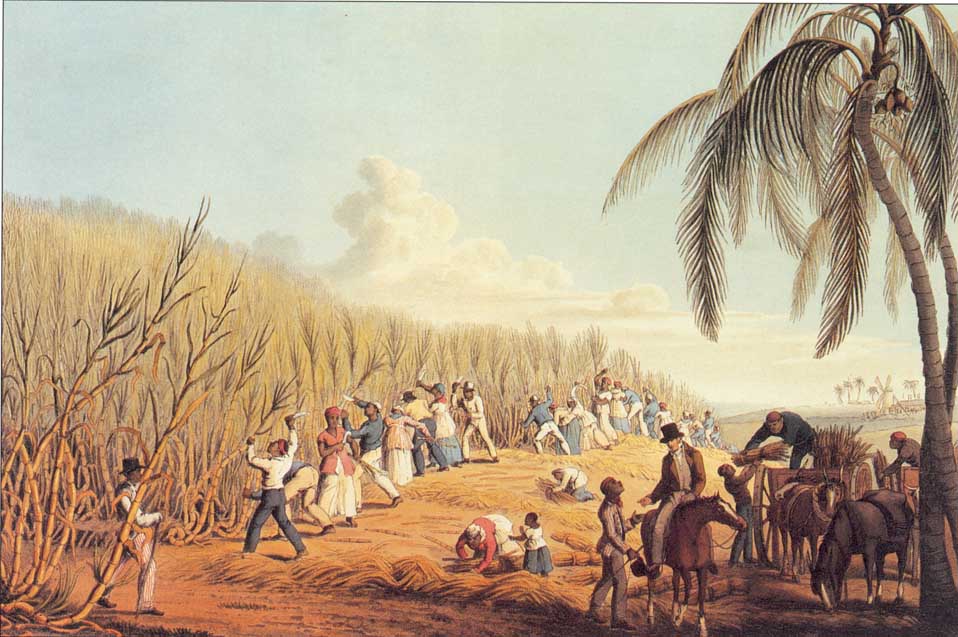Barbados
Barbados is a country in the Caribbean, where Equiano was taking for the slave trade. After being kidnapped from Africa, he was bought and sold here. As for the history of Barbados, according to Handler, Barbados served as the first American colony of England to depend on slave labor for producing sugar on plantations. Barbados was a “plantation-slave colony” with a “slave population that outnumbered free persons” (Handler 183) from the time up until 1834-38 when emancipation happened.
Barbados became a huge part of the “South Atlantic system that linked Africa with Europe and the Americas” (Handler 183). In Equiano’s narrative, we were able to see how Barbados played out in the slave trade through Equiano’s experiences. For example, we saw his travel to Barbados as he stated, “we came in sight of the island of Barbados, at which the whites on board gave a great shout, and made many signs of joy to us” (Equiano 28). Barbados would be where slaves would be bought and sold as well as Equiano described how the buyers rushed into where the slaves were confined and made their choices in slaves (Equiano 29).
For the conditions of slavery in Barbados, the ships involved in the slave trade to Barbados involved a lot of “ship crowding” (Etlis and Radburn 535). Etlis and Radburn also claim that having all of the slaves crowded together on these ships often led to the deaths of many of the slaves. This claim became an argument that abolitionists often used. Etlis and Radburn state, “abolitionists argued that ship crowding led directly to the deaths of enslaved Africans” (Etlis and Radburn 536). Etlis and Radburn used the example of The Brooks ship to show these crowded conditions on ships in the slave trade in the eighteenth century. Equiano experienced being on these crowded ships as well.
He explained that all of the slaves on the ship “were all pent up together like so many sheep in a fold, without regard to sex or age” (Equiano 29). Clearly, the slaves on ships in the slave trade were treated like animals since so many of them were put together in such small spaces on ships. Being on the ships in the slave trade almost seems like a worse condition for slavery than being on plantations due to the crowded nature.
Handler also went on to explain that the conditions on the ships were so bad that “slave resistance on Barbados . . . [was] a characteristic feature of Barbadian slave trade society” (Handler 183). We see this play out in Equiano’s narrative as he describes how some of the slaves attempted to starve themselves on the ship or attempted to jump off the ship because death would have been better than slavery. Being on these ships was horrible for the slaves to experience.
